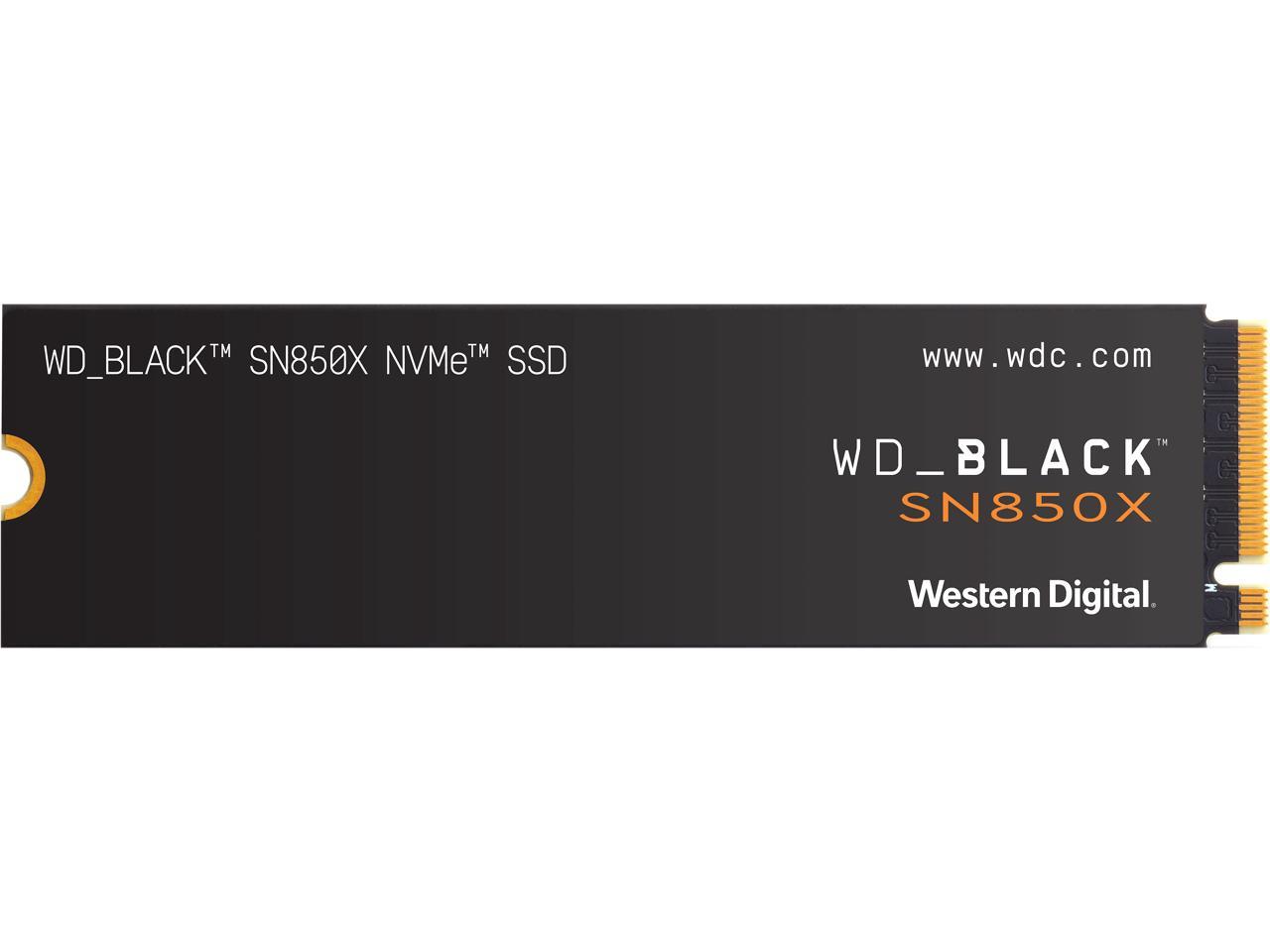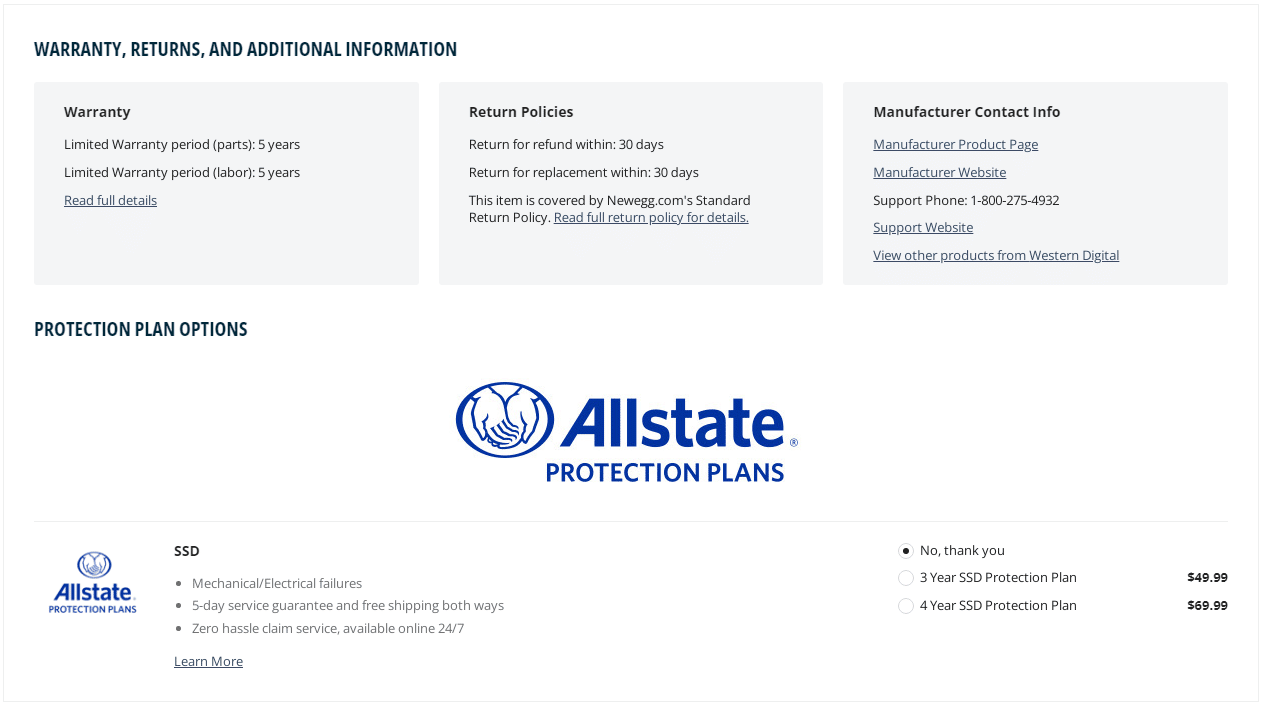How long until your leads go cold? The Harvard Business Review shared some unsurprising insights.
“Firms that tried to contact potential customers within an hour of receiving a query were nearly seven times as likely to qualify the lead as those that tried to contact the customer even an hour later—and more than 60 times as likely as companies that waited 24 hours or longer.”
But what exactly does that mean? It means that your leads are perishable; if you want to convert your leads into sales, you’ll need to integrate them into your sales pipeline and move quickly to outpace the lead decay rate.
Researchers “audited 2,241 U.S. companies, measuring how long each took to respond to a web-generated test lead. Although 37% responded to their lead within an hour, and 16% responded within one to 24 hours, 24% took more than 24 hours—and 23% of the companies never responded at all. The average response time, among companies that responded within 30 days, was 42 hours.”
That’s a problem.
A whopping 63% of the companies surveyed were slow to respond (or didn’t respond at all). Remember, the firms that reached out to customers within an hour were 7x to 60x more likely to qualify their leads.
Waiting 24-hours is simply too long.
So, if you want to convert leads into sales, you’ll need to ensure that your leads are properly integrated into your sales pipeline and your workflow is optimized. The more precise your lead workflow, the higher your conversion rates.
The difference between prospect stages and pipeline stages
As prospects move through your sales pipeline, their identity changes as they earn their way through your sales pipeline.
- Lead: This is an unqualified contact who hasn’t confirmed their interest in your business or offer. Qualification is essential – it confirms your contact’s interest and their request for your attention.
- Prospect: These contacts have been vetted, and they’re able and willing to buy your products and services. They’re willing to negotiate with you in good faith, and they’re open to sharing essential details about their circumstances.
- Customer: These contacts have selected you as their provider. They believe you’re the best option to address their desires, goals, fears, or frustrations. They’ve invested their trust in you and paid you for your time and effort.
What about your pipeline? Here are the most common stages in a sales pipeline:
- Prospecting: These are the steps your team takes to attract, qualify, and disqualify leads. Marketing-qualified leads are contacts who’ve expressed the minimum amount of interest. Sales-qualified leads are contacts who are ready to speak with a sales rep. Sales prospecting is the process of sifting through your leads – giving the qualified a chance to earn their place.
- Info request: The prospect has expressed some interest in your product or service, and they’re interested in converting (e.g., requesting a demo, sign-up for a free trial, and now agrees to schedule a follow-up meeting or phone call for more information. By scheduling a follow-up, the customer shows that they are ready to discuss the next steps and that they view your product as a possible solution to their problem.
- Presentation: Your customer receives information from you regarding your offer. This could be a proposal, quote, pitch deck, sales, or product page. Whatever the format, your pitch provides prospects with your offer and important information they’ll need for their next steps.
- Negotiation: At this stage, there’s a jockeying for position. Prospects and sales reps work their way towards a win/win situation with terms that are favorable to all sides. Negotiation covers pricing, scope, terms, duration, deliverables, and more.
- Decision: The deal is won or lost; your prospect determines whether they’ll continue with your company or pursue alternative options with a competitor. If the deal is won, your prospect changes their identity, becomes a customer, and begins the onboarding process.
See the distinction? Your sales pipeline is a management process. It’s not a funnel. If you’re using a CRM system, your sales pipeline is a visual process that outlines each step in your sales process. Prospects earn their way through your sales pipeline; they take specific actions that move them forward in (or out of) the sales process.
What do you need to convert your leads to sales?
If your prospects are going to earn their way through your sales pipeline, you’ll need an optimized workflow that accommodates their expectations.
What do prospects expect?
- Understanding: You’re expected to have a deep understanding of their desires, goals, fears, frustrations, and problems. You’re expected to listen to them but have deep insight and answers to their complex issues.
- Personalization: Research from Mckinsey states that 71% of customers demand personalization; 67% are frustrated when they don’t get it. Your customers expect their interactions, your pitch, your solution, and the offers they receive – everything you have to offer – to be customized around their expectations.
- Responsiveness: Remember the research I shared earlier? You’re 60 times more likely to qualify your leads if you reach out to your leads promptly (within 1 hr). Active customers, those who are willing and able to buy, expect fast response times. The faster your response times, the greater your conversion rate.
- Exclusivity: Prospects want a compelling answer to the ‘why’ question. “Why should I work with your company? What makes your company so special?” A strong value proposition is the answer to that question. A strong value proposition is desirable, exclusive, clear, and trustworthy. The stronger your value proposition, the more appealing your business and offer are.
- Exceptional service: Prospects expect you to treat them as if they’re your only customer. They want you to be available on-demand, eager to serve, and consistently focused on improving their circumstances. Though most customers won’t admit it, they want you to put them first before your other customers and even your personal life.
- Problem-solving: Your prospects expect you to figure it out. They will come to you expecting an answer if they encounter a problem. If you can’t provide your prospects with clear solutions to their problems, you’re unlikely to keep them.
- Irresistible offers: These offers are compelling for various reasons; they’re unbalanced (in favor of your prospect), objectively valuable, subjectively appealing, and loaded with risk reversals, guarantees, or warranties. When prospects receive an irresistible offer, they feel it’s too good to be true. At first. Once they get past their initial skepticism, they’re eager to pounce on your offer; it’s too good to pass up.
What does this look like?
- You monitor your CRM system, immediately responding to prospect inquiries and requests
- Your team has a deep understanding of your prospects and their issues
- Your team is T-shaped; their problem-solving skills and experience are both deep and broad
- You’ve gathered the intel you need from marketing, so you’re able to provide prospects and customers with the kind of personalization they need
- You have a queue management system that functions as a matchmaker. You can immediately match customers and sales reps, decreasing response times and maximizing conversion rates
- The right offer is presented to prospects at the right time. These offers are personalized, taking a customer’s specifics into consideration
- Quality assurance frameworks maintain service standards; they can be operational, tactical, or strategic. These frameworks ensure that your team adheres to performance standards, increasing customer retention, conversion rates, and sales revenue.
These seven steps keep active buyers in your sales pipeline. Integrating leads into your sales pipeline is easier if you work to accommodate prospect expectations.
Why is this important?
Because 97% of your prospects are not ready to buy; they’re not going to buy from you, so engagement will most likely be low. That number seems a bit high, doesn’t it? That’s the 3% rule at work.
Only 3% of your prospects are ready to buy at any given moment.
- 7% plan on making a change
- 30% have a need, but they’re not ready to buy
- 30% don’t have a need
- 30% will never buy from your company (even if they have a need)
If you understand your target audience, you’ll understand their expectations. If you understand their expectations, you’ll have the information you need to disqualify the 97%. As it turns out, this is also what you need to close your prospects.
Closing leads in your sales pipeline
You’ve identified your active buyers.
You know where you should invest your time, attention, and resources. How do you close the active buyers in your sales pipeline? It’s simple, you read your prospect’s cues, differentiating between education and information.
What does that mean?
Education attracts, information converts.
Educational content moves customers from the top of your funnel to the bottom. Information works to convert prospects, providing them with the clarity they need to make a purchase decision.
Here’s an example.
Let’s say I’m interested in buying some hard drives. I’m inexperienced on this topic, and I’m looking for information. Google directs me to Newegg’s YouTube channel, where I see this video.
Educational content could be a sales presentation, an educational phone call, a brochure, whitepapers, blog posts, lead magnets, research reports, videos, infographics, slides, pitch decks, etc.
The format isn’t as important as the intent – education. You’re teaching your prospects about a specific issue or topic.
What about informational content?
Informational content amplifies conversion by defeating skepticism. These are utility pages (i.e., about us), warranties, guarantees, reviews, contact info, specs, FAQs, etc. Informational content is the foundation that trust rests on.
Let’s look at an example:
Newegg sells Western Digital’s hard drives. Quality is a pretty important detail when you’re purchasing a hard drive.

What makes Western Digital’s Black Series so special? Well, allow me to share that information with you:
See the warranty? Western Digital offers a warranty (parts and labor) for five years. They’re willing to stand behind their product in a way that most manufacturers don’t. This is the power of information.
Education attracts and information converts, but there needs to be a back and forth, a push and pull between these content types. Use information at the wrong time, and you come off as a pushy sales rep whose only focus is closing the sale. Share endless amounts of education without asking for the sale, and your prospects become education vampires. It isn’t an either-or proposition, you need both.
When do you use them?
There are three ways to identify when you’ll need to use education or information.
- Prospect cues: If your prospect is engaged, they’ll provide the necessary cues you need to move forward. They’ll ask about warranty, contact, or FAQ content. That’s an indicator that they want information. When they ask general or education-oriented questions (i.e., which one of these products is best for someone like me?), they’re telling you they want to be taught (it’s not time to sell).
- Temperature cues: If you’ve received leads from marketing or a sales manager, you can ask them about your prospect. Are they cold, warm, or hot leads? Cold and warm leads typically need education. Hot leads are ready for information. The colder the lead, the more education and relationship-building you’ll need to warm them up.
- Circumstantial cues: Are your prospects or customers about to make a mistake? Is there a specific holiday, event, or occasion coming up? Did your customer buy a product that requires specific add-ons? Circumstantial cues are important to monitor. Circumstantial cues generally require education to warm prospects and customers up.
This is how you close leads in your pipeline.
Analyze your prospect’s circumstances, read their cues, and offer customers the right content. Your prospects are eager to learn; offer education when they’re looking to you for guidance and share information when they’re looking for reasons to trust.
Convert leads into sales with these tools
What do you need to convert your leads into sales? You need an optimized workflow.
As prospects move through your pipeline, their identity changes in distinct ways. If you understand your audience, you’ll understand their expectations. If you understand their expectations, you’ll have the information you need to disqualify (then qualify) the 97%, everything you need to convert leads, close your prospects, and win deals.
18,000+ Businesses use Pipeline to Increase Revenue
Pipeline CRM helps companies like yours decrease time-to-close, increase productivity by 50% or more, and boost sales by as much as 10x. Don’t take our word for it; let us show you how Pipeline can help you attract, win, and retain customers.





